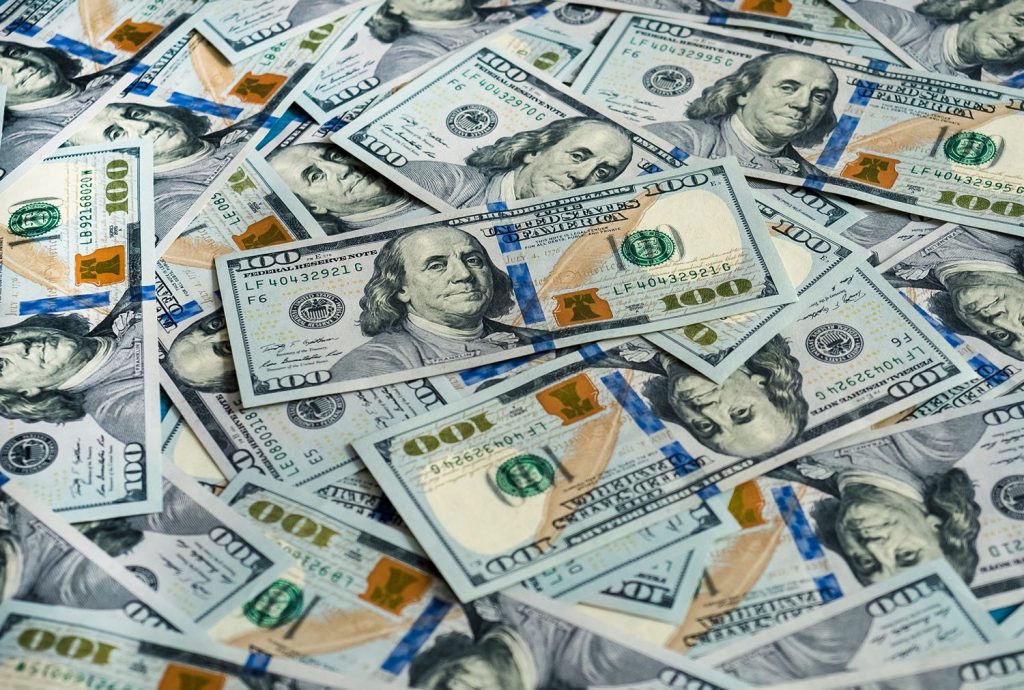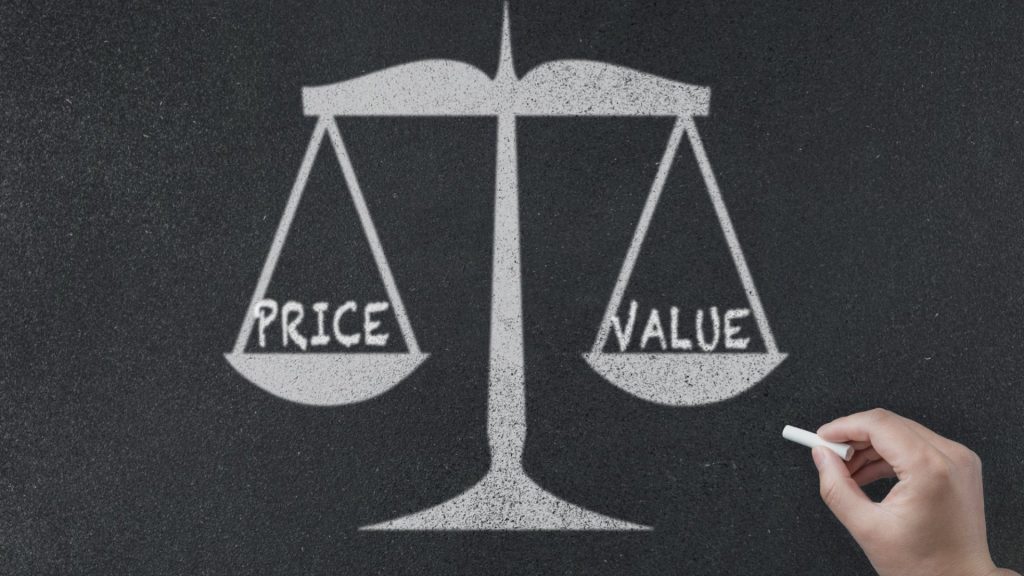
The pandemic is ending up an accelerator for brands to embrace new standards of The Global Economy. Presently like never before, luxury goods organizations are looking for better approaches to interface with their clients. They are rehashing and rethinking themselves in manners that were already incomprehensible.
Fluctuations of Luxury Prices has consistently been the objective of luxury brands to deal with their valuing systems in order to uphold their brand value, product desirability, and bottom lines. Luxury organizations customarily consider cost increments as the most beneficial switch – while shortage, for instance, doesn’t build margin – to ensure and help the apparent selectiveness of their items; however, they likewise face the danger of sales loss when these estimating activities are not effectively executed. Yet, how might they change their estimating techniques while exploring the Reason for the Price Increase seen during the worldwide COVID-19 pandemic?
In these difficult times of lockdowns and demand constriction, luxury brands have expanded – considerably more than expected – the costs of their smash hit items to counterbalance part of the compression of margins because of the pandemic.
The possibility that Fluctuations of Luxury Prices consistently goes a long way past staying aware of elements like expansion. Maybe, for some organizations and industry experts, it’s viewed as an approach to control brand picture and guarantee the impression of glory remains – something generally acknowledged as should be expected practice from luxury fashion houses.
So, Why Did Fluctuations of Luxury Prices Happened During the Epidemic?

Luxury’s Growth Relies Upon China’s Emerging Tiers & Millennials
Chinese Market is the world’s biggest luxury market and, up until 2020, it was developing. In 2019, for instance, Chinese residents represented 90% of the luxury sector’s market growth.
While COVID-19 will affect this drastically, it’s not to say that the trends driving this development will stop.
Demand for luxury will keep on creating in China’s lower-tier cities, and younger ages are as yet arising as sharp spenders.
As we’ve recently covered, arising Chinese cities in levels 2 and 3 are becoming progressively like level 1 across various mentalities and interests. This brings about recently disengaged and unconsidered Chinese shoppers being embraced by the luxury business as possible new clients.
In the meantime, Gen Z and millennials make up 500 million of China’s 1.4 billion occupants. And in 2018, this gathering – flush with extra cash and hopeful with regards to their prospects – was answerable for about 60% of development in all-out spending in China.
It should be noted, anyhow, that China’s younger generations are bound to say that the pandemic has contrarily affected their work. And to a greater extent, believing it will significantly affect their accounting records.
The degree of COVID-19’s impact on China’s economy is still not thoroughly clear. The luxury business should know about younger age’s similarly hopeful perspectives to spending at present, yet remember that monetary ramifications down the line might influence this.
As far as China’s rising tier cities, interest for luxury proceeds to develop, and brands should think about these business sectors as freedoms to recover benefits after the outbreak.
Luxury and Affordability are an Equilibrium
Last year, we revealed that affordable luxury genuinely affects the go-to-advertise procedures of numerous luxury brands. The monetary ramifications of COVID-19 have sped up this trend.
Affordable luxury is frequently described by shoppers searching for the status related to extravagance without experiencing the high price tag.
For some, a luxury good is an accurate portrayal of status. Nonetheless, COVID-19 is compelling more shoppers to be even-minded when making these exchanges.
Subsequently, brands need to see how they carry more affordable luxury to purchasers while as yet staying consistent with their qualities and reason.

Luxury is Expanding its Presence Online
Coronavirus has been the main thrust behind the stock luxury market’s relocation into the computerized age.
Traditionally, luxury goods are sold in physical stores. This is fundamental because they’re a “high touch” classification of items that require an extremely cozy connection between the retailer and shopper.
Universally, 77% of luxury buyers concur that they would purchase an item or service essentially for the experience of being necessary for the community built around it.
Shape the New Normal: Longer-term Considerations
Put computerized at the center of your operating model. For some organizations, this crisis has been an impetus for creating and executing an online and omnichannel methodology. Online business has drawn in new client sections and markets; we can anticipate that a similar trend should work out in different geographies. Start by apportioning a more significant portion of the venture to the online channel. Investigate better approaches for banding together with set up e-retailers. Increase your personalization efforts in advanced promoting. Luxury customers are familiar with an exclusive expectation of service in stores; the accentuation, then, at that point, should be on making a customized digital experience of the same quality.

No responses yet